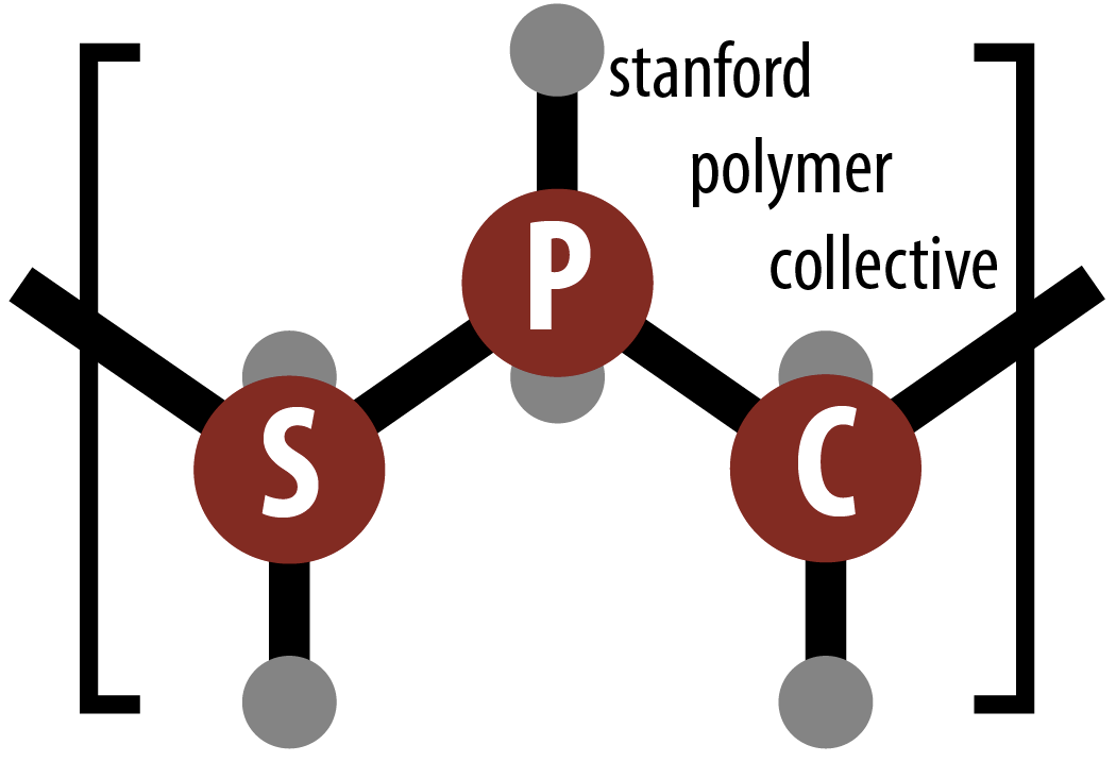2018 Fall Kick-off Talk (Frank S. Bates, University of Minnesota)
“Origins of Frank-Kasper and Quasicrystalline Phases in Diblock Copolymer Melts”
Prof. Frank S. Bates, Chemical Engineering and Materials Science
Tuesday, October 2nd, 2018 at 4:30 P.M.
Sapp Center Lecture Hall
Abstract
Block polymers have captured the interest of scientists and engineers for more than half a century. In general, the phase behavior of diblock copolymers, the simplest category of such self-assembling macromolecules, has been accepted as thoroughly understood. Recent experiments with low molecular weight diblock copolymers have revealed remarkable phase complexity in the limit of asymmetric compositions, 0.15 < fx < 0.25, where fx signifies the volume fraction of the minority block. Small-angle x-ray scattering (SAXS) measurements conducted in the vicinity of the order-disorder transition (ODT) temperature have revealed the formation of several low symmetry Frank-Kasper phases and a dodecagonal quasicrystal as a function of thermal processing history. Remarkably, when heated above the ODT temperature the liquid micelles retain a memory of the ordered state, which returns upon cooling. These finding will be discussed in the context of the occurrence of low symmetry crystals in soft and hard materials.
Background
Frank Steven Bates is a Regents Professor and a member of the Chemical Engineering and Materials Science department at the University of Minnesota. He received a B.S. in Mathematics from SUNY Albany and M.S. and Sc.D. degrees in Chemical Engineering from MIT. Between 1982 and 1989 Bates was a member of the technical staff at AT&T Bell Laboratories then joined the University of Minnesota where he served as department Head from 1999 to 2014. Professor Bates conducts research on a range of topics related to polymers, with a particular focus on the thermodynamics and dynamics of block polymers, blends and solutions He was elected to the US National Academy of Engineering in 2002, the American Academy of Arts and Sciences in 2010, and the National Academy of Sciences in 2017.
